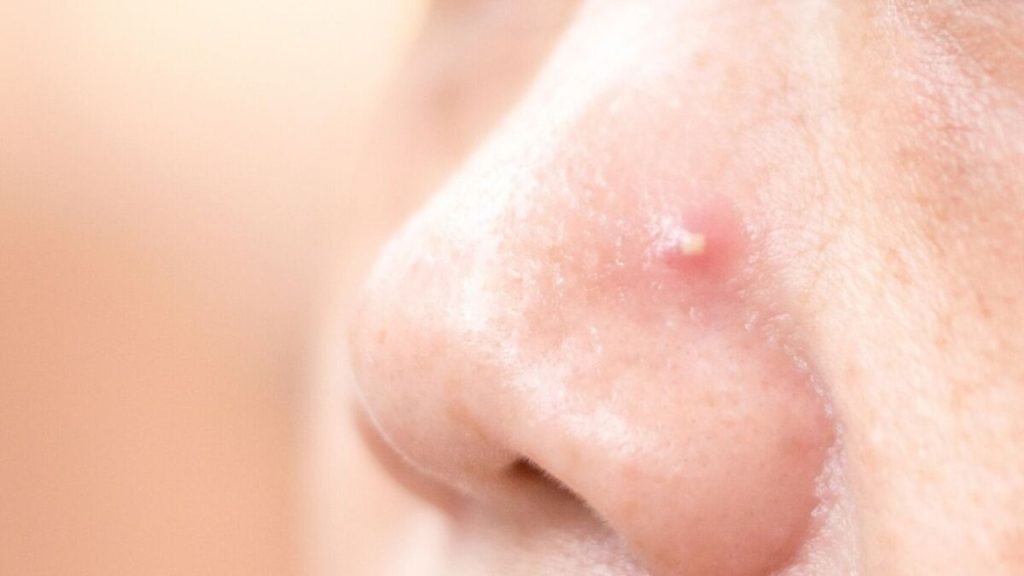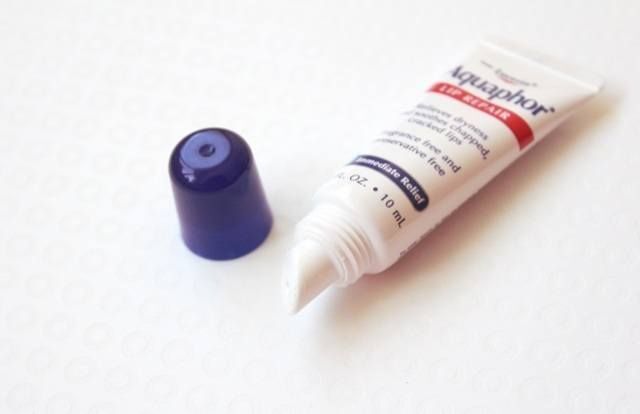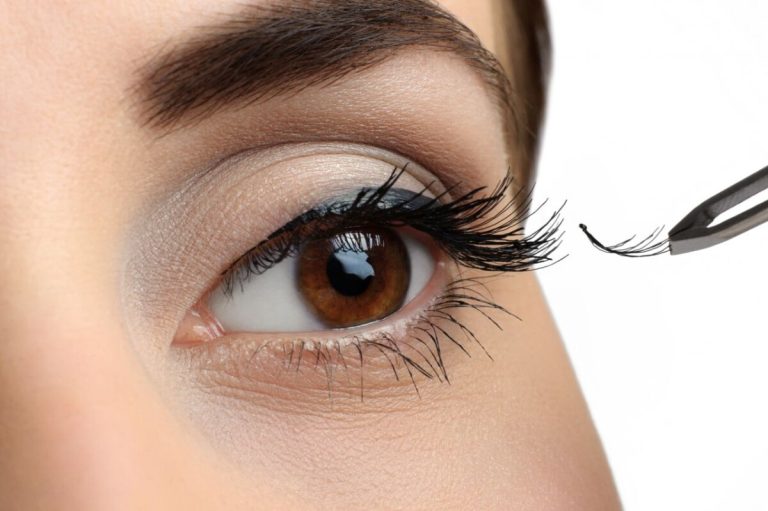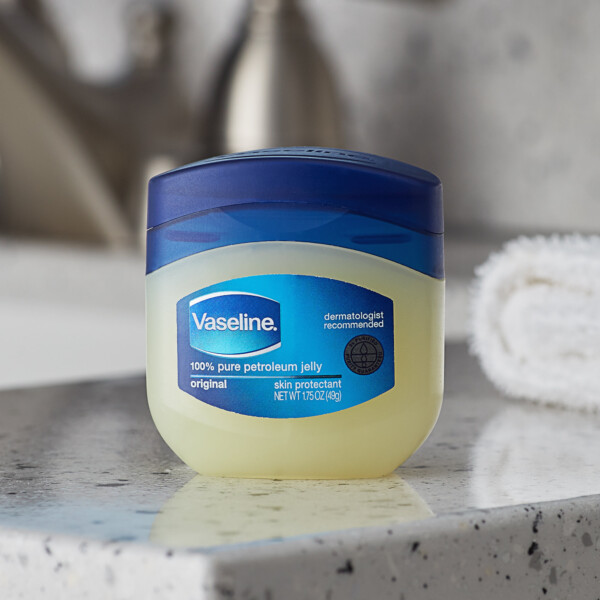Does Aquaphor Clog Pores? Tips for Safe Use
As someone who struggles with dry, irritated skin, I rely on moisturizing creams like Aquaphor to provide much-needed hydration and protection. Aquaphor has become a staple in my skin care routine, especially during cold winter months when my skin gets extra dry and cracked. However, I’ve had some concerns about whether frequent Aquaphor use could be clogging my pores.
In this article, I’ll take an in-depth look at how Aquaphor works, its composition, and most importantly – its effects on pores. I’ve done thorough research on Aquaphor’s properties and user experiences to find out definitively whether this popular ointment has any pore-clogging effects. After getting to the bottom of this question once and for all, I’ll also provide tips on how to properly use Aquaphor to avoid potential issues.
What is Aquaphor?
Contents
- What is Aquaphor?
- Why Do People Worry About Pore Clogging?
- The Many Benefits of Aquaphor for Skin
- How Does Aquaphor Interact with Pores?
- Ingredients That Make Aquaphor Pore-Friendly
- How Does Aquaphor Compare to Other Creams?
- How to Use Aquaphor for Different Needs
- How Does Aquaphor Compare to Vaseline?
- Can Aquaphor Be Used on Acne?
- Using Aquaphor Safely and Effectively on Your Face
- Step-By-Step Guide for Using Aquaphor to Treat Acne
- The Verdict: Does Aquaphor Clog Pores?
Aquaphor Healing Ointment, often referred to just as Aquaphor, is a topical ointment marketed by Eucerin for treating dry, cracked, and irritated skin. It’s commonly compared to Vaseline as both contain petroleum jelly and provide an occlusive moisturizing barrier. However, Aquaphor also includes additional skin-nourishing ingredients like glycerin, panthenol, and bisabolol.
Aquaphor aims to hydrate skin by trapping existing moisture and protecting against further moisture loss. It can quickly restore smooth, supple skin and provide relief for many irritating skin conditions. The versatility of Aquaphor has made it a medicine cabinet staple for many households.
Why Do People Worry About Pore Clogging?

While moisturizing creams like Aquaphor are meant to nourish skin, some users have raised concerns about pore clogging. There are fears that Aquaphor’s thick, waxy texture could lead to blockage of pores and congestion.
In the long run, using products that clog pores can negatively impact skin in several ways:
- Buildup in pores stretches them out permanently, leading to enlarged pores.
- Trapped dead skin cells, sebum, and bacteria can cause recurrent acne breakouts.
- Congested skin has a duller tone and texture.
- Clogged pores hinder natural skin cell turnover and collagen production.
- It can accelerate signs of premature aging like fine lines and wrinkles.
Understandably, many Aquaphor users want to avoid these damaging effects on their skin’s quality and appearance. This concern about pore clogging has sparked much debate over this popular ointment’s safety.
The Many Benefits of Aquaphor for Skin
What makes Aquaphor such a popular choice despite the concerns around clogged pores? There are several key benefits this versatile ointment provides:
- Intense hydration – Forms a protective barrier that locks in moisture to hydrate even the driest skin types.
- Repairs skin – Soothes irritation and regenerates skin cells to heal damage from eczema, sunburns, windburn, and acne breakouts.
- Protects skin – Guards against chafing, chapping, and cracking from harsh weather conditions.
- Multi-use – Can be used safely on face, lips, hands, cuticles, heels, elbows, and anywhere skin needs nourishment.
Many users swear by Aquaphor for rescuing extremely dry, cracked hands and feet. It’s also become a beloved lip balm and cosmetic remover. The fact that it’s pediatrician recommended and useable on babies also demonstrates Aquaphor’s gentleness and safety for sensitive skin.
How Does Aquaphor Interact with Pores?
With so many benefits, what exactly is Aquaphor’s relationship with pores? Does it clog them or allow skin to breathe?
Petrolatum, the main ingredient in Aquaphor, belongs to the class of emollient moisturizers known as occlusives. These create a hydrophobic barrier that prevents water evaporation from the skin’s surface. While this helps seal in moisture, some worry that it may also block pores and prevent sebum and dead skin from escaping.
However, manufacturers assure that Aquaphor is non-comedogenic. This means it has been tested to not clog pores or contribute to acne breakouts. The ingredients and formula allow air and moisture to flow freely from the pores. So there are no concerns about suffocating the skin when used as directed.
That said, those with oily and acne-prone skin may want to exercise some caution. During hot, sweaty weather, liberal application could lead to a buildup of moisture and sebum in pores. This highlights the importance of using the right amount for your skin type and climate conditions.
Ingredients That Make Aquaphor Pore-Friendly
What is it exactly in Aquaphor’s composition that makes it breathable and non-comedogenic for most users? Let’s examine some of the key ingredients:
- 41% Petrolatum – Provides moisturizing and protective barrier while allowing skin to breathe.
- Mineral Oil, Ceresin, Lanolin Alcohol – Extra emollients to reinforce moisture barrier without risk of pore clogging.
- Glycerin – Natural humectant that draws moisture into skin.
- Panthenol – Vitamin B5 derivative helps repair and regenerate skin cells.
- Bisabolol – Derived from chamomile, has anti-inflammatory and antibacterial properties.
The combination of these ingredients provides hydration and skin healing without comedogenic effects for most users. Aquaphor is also free of fragrances, dyes, preservatives, and harsh chemicals that may irritate skin. This gentle formula makes it well-tolerated even for those with sensitive skin conditions like eczema, psoriasis, and dermatitis.
How Does Aquaphor Compare to Other Creams?
Many facial moisturizers and anti-aging creams contain silicone ingredients like dimethicone. While these effectively smooth and fill in lines temporarily, silicones can clog pores over time. The heavy, waxy texture also prevents proper oxygenation and turnover of skin cells.
In contrast, Aquaphor allows skin to breathe and function naturally. It doesn’t contain silicones or other comedogenic chemicals found in many lotions and creams. For treating acne, redness, eczema, and irritation, Aquaphor is a much safer choice than traditional beauty creams.
That said, certain ingredients like retinol, alpha hydroxy acids, and peptides in anti-aging creams provide tightening, resurfacing, and rejuvenating effects that Aquaphor lacks. Using both products can help balance hydration with other skin care benefits.
How to Use Aquaphor for Different Needs

Knowing how to apply Aquaphor properly is key to harnessing its benefits without any pore-clogging side effects. Here are some tips for tailoring Aquaphor usage to your skin’s needs:
As a Cosmetic Remover
Apply liberally onto dry skin and massage in circular motions to dissolve makeup and sunscreen. Rinse face and pat dry. Follow with a gentle cleanser to remove residue.
For Chapped Lips
Apply a thin layer onto lips as often as needed for instant relief and moisture retention.
For Minor Cuts and Scrapes
Dab a small amount onto the wound to promote faster healing by sealing in moisture and forming a protective barrier.
For Chapped Hands and Feet
Massage into clean, dry hands and feet before bedtime. The ointment will continue working overnight to restore soft, smooth skin.
For Eczema and Psoriasis Flare-ups
Apply a light coat onto affected areas like elbow creases to calm irritation and minimize itching and scaling.
How Does Aquaphor Compare to Vaseline?
As the original petroleum jelly, Vaseline is the product Aquaphor gets compared to the most. Since both contain petrolatum, their mechanisms and effects are similar. However, there are some key differences:
- Aquaphor includes additional moisturizing agents while Vaseline is 100% petroleum jelly.
- Vaseline is better suited for extreme dryness and sensitive skin conditions like eczema.
- Aquaphor absorbs into skin faster and feels less greasy.
- Aquaphor offers more protection for windburned, chapped skin.
- Vaseline is cheaper and easier to find.
Overall, Aquaphor provides added skin care benefits over Vaseline, albeit at a higher cost. Those with very sensitive skin may prefer Vaseline, while Aquaphor is better for acne-prone skin.
Can Aquaphor Be Used on Acne?
Given concerns over clogged pores, is it safe to use Aquaphor to treat acne? Aquaphor can be surprisingly effective for managing acne due to its antibacterial and anti-inflammatory properties. However, some care should be taken to avoid making breakouts worse.
Aquaphor helps soothe redness and irritation caused by existing pimples. It also forms a protective barrier that allows skin to heal faster. For moderate acne, applying a thin film of Aquaphor can accelerate the recovery process.
However, those with more severe, active acne need to be more cautious. Piling on too much Aquaphor may trap sebum and bacteria within pores and lead to more congestion. It’s best to use only a tiny amount on cleansed skin. Consulting a dermatologist is recommended to discuss treatment options.
Using Aquaphor Safely and Effectively on Your Face
When used in the right way, Aquaphor can provide wonderful moisturizing benefits for the face. Here are some tips for maximizing results:
- Use Aquaphor sparingly on oily areas like the T-zone where pores are larger.
- Focus on dry spots like around nostrils, lips, and under eyes.
- Cleanse before applying to remove any dirt or makeup residue.
- Mix a little into your night cream or serum to boost hydration.
- Stick to pea-sized amounts to avoid excess greasiness.
While Aquaphor helps normal to dry skin types, those with acne-prone skin should take precautions to avoid clogged pores:
- Use only 2-3 times a week at most.
- Avoid using on active breakouts.
- Always mix into moisturizer instead of applying directly.
- Monitor skin’s reaction and reduce use if breakouts occur.
Step-By-Step Guide for Using Aquaphor to Treat Acne
Aquaphor can be used strategically as part of an acne-fighting skin care routine. Here are step-by-step tips on how to apply it effectively:
- Cleanse skin with a gentle, soap-free cleanser and rinse thoroughly.
- Gently pat skin dry with a clean towel.
- Scoop a small pea-sized amount of Aquaphor onto your fingertip.
- Dab Aquaphor lightly onto acne-prone areas, avoiding excessive rubbing.
- Let sit for 10-15 minutes before rinsing off with warm water.
- Follow up with an oil-free, non-comedogenic moisturizer.
- Repeat 1-2 times per week for managing acne and irritation.
The key is keeping application minimal. Aquaphor can help heal existing blemishes faster, but too much product may clog pores and cause more acne. Observe your skin’s response to determine optimal frequency of use.
The Verdict: Does Aquaphor Clog Pores?
After extensive research into user experiences and Aquaphor’s formulation, I’m confident that Aquaphor does NOT clog pores when used properly. As an occlusive moisturizer, it’s designed to keep skin hydrated and supple without blocking pores. The non-comedogenic label also reassures that it won’t cause breakouts for the majority of people.
That said, those with existing acne need to exercise some caution and not overdo application. Starting with small amounts and adjusting based on skin’s needs is wise. With responsible use, most skin types can benefit from Aquaphor’s intense hydrating powers without worrying about clogged pores!

Founded by Sophia Rodriguez, IGXO Cosmetics is a PETA-certified, cruelty-free, and vegan makeup brand.





